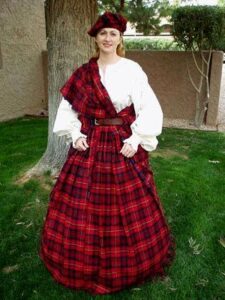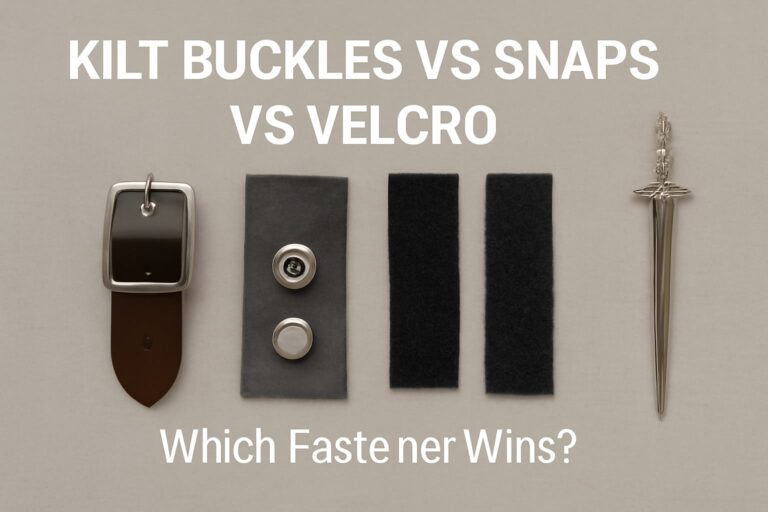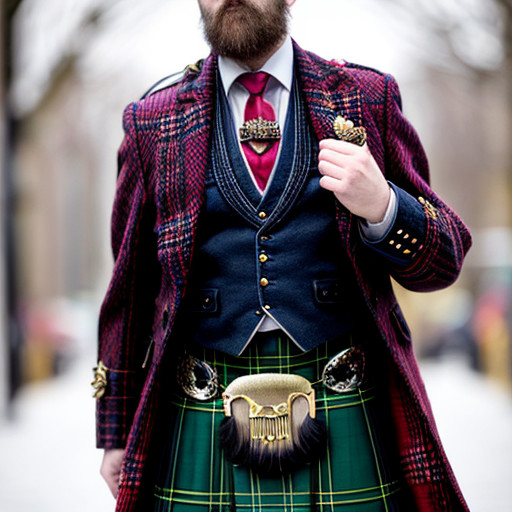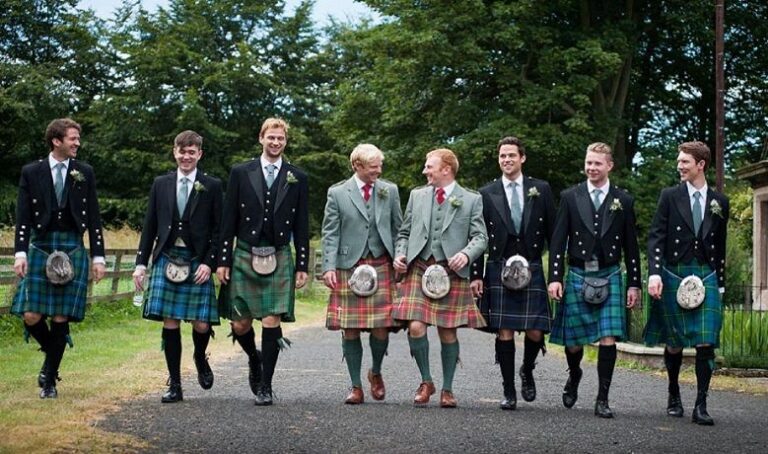In the rugged hills and mist-covered landscapes of Scotland, lies a tradition that evokes both pride and a sense of belonging. Scottish Highland Dress, with its rich history and timeless allure, embodies the spirit of the Scottish people.
From the vibrant tartan patterns to the iconic kilt, every element of this attire tells a story of heritage and identity.
Discover the significance of Highland Dress in modern Scotland and how it continues to honor and preserve the legacy of a proud nation.
The Origins of Scottish Highland Dress
The origins of Scottish Highland dress can be traced back to the ancient Celtic tribes who inhabited the rugged landscapes of Scotland, and it continues to be a significant aspect of Scottish cultural heritage. Traditional Scottish clothing, also known as Highland dress, encompasses a range of garments and accessories that have been worn for centuries by the Scottish people.
The Highland dress code includes items such as the kilt, sporran, sgian-dubh, and the iconic tartan patterns. These garments are not only practical for the Scottish climate but also serve as a symbol of identity and pride for the Scottish people.
The traditional dress of Scotland, with its distinctive Highland fashion, embodies the rich history and traditions of the Scottish culture. In the subsequent section, we will explore the importance of tartan patterns in Scottish Highland dress.
The Importance of Tartan Patterns
Tartan patterns, with their vibrant colors and intricate designs, not only showcase the unique heritage of Scottish Highland dress but also symbolize the sense of pride and identity that the Scottish people hold dear. These patterns have a deep emotional impact on individuals, evoking a sense of belonging and connection to their Scottish roots.
The importance of tartan patterns can be understood through the following points:
Cultural heritage: Tartan patterns have been passed down through generations, representing the rich history and traditions of Scotland.
Regional identity: Different tartan patterns are associated with specific Scottish clans and regions, allowing individuals to proudly display their ancestral connections.
Commemoration: Tartan patterns are often worn during significant occasions and events, serving as a tribute to the past and honoring Scottish heritage.
The Essential Elements of a Kilt
To fully understand the traditional Scottish Highland dress, one must appreciate the essential elements of a kilt, including its pleats and sporran.
The kilt, a knee-length garment made of tartan fabric, is the most iconic and recognizable component of the Highland dress. The pleats, carefully tailored at the back, provide both functionality and style, allowing for ease of movement while adding visual appeal.
The sporran, a small pouch worn at the front of the kilt, serves as a practical accessory for carrying essential items. It not only completes the Highland dress but also adds an element of elegance and tradition.
The combination of the kilt, pleats, and sporran truly embodies the essence of Scottish heritage. Moving forward, let us explore the accessories that complete the Highland dress.
Accessories That Complete the Highland Dress
An essential accessory that completes the Highland dress is the sgian-dubh, a small knife traditionally worn in the sock. The sgian-dubh holds great significance and adds a touch of heritage and tradition to the overall attire.
Here are three reasons why it evokes emotion in the audience:
Symbolism:
The sgian-dubh represents a sense of pride and honor in Scottish culture, symbolizing a connection to one’s roots and heritage.
Heritage:
Wearing the sgian-dubh is a way to embrace and celebrate the rich history and traditions of the Scottish Highlands, fostering a sense of belonging and identity.
Tradition:
Passing down the sgian-dubh from generation to generation creates a sense of continuity and familial ties, evoking feelings of nostalgia and unity.
The continued significance of highland dress in modern Scotland lies in its ability to preserve and showcase Scottish heritage, fostering a sense of belonging and pride among Scots both at home and abroad.

The Continued Significance of Highland Dress in Modern Scotland
One cannot underestimate the cultural impact and timeless allure that Highland dress holds in modern Scotland. It continues to embody the spirit and traditions of the Scottish people.
Highland dress, consisting of the kilt, sporran, tartan, and other accessories, is not just clothing; it represents a sense of identity and belonging for Scots worldwide.
Despite the modernization of society, many Scots still proudly wear Highland dress on special occasions such as weddings, ceilidhs, and Highland games.
The significance of Highland dress goes beyond fashion, as it symbolizes a connection to Scotland’s rich history and heritage. It is a way for Scots to express pride in their ancestry and to honor their cultural roots.
With its enduring popularity, Highland dress remains a timeless symbol of Scottish identity and plays a vital role in preserving Scottish traditions for future generations.
Conclusion
Scottish Highland dress holds a rich cultural significance in Scotland. With its origins dating back centuries, it continues to be an important part of Scottish heritage. The tartan patterns, essential elements of a kilt, and accompanying accessories all contribute to the unique identity of Highland dress.
Today, Highland dress is still widely worn and cherished, serving as a symbol of pride and tradition. An interesting statistic reveals that over 1,000 different tartans are registered with the Scottish Register of Tartans, showcasing the diversity and importance of this traditional attire.



